Although called Villa Bruñel, the archaeological site, in the municipality of Quesada, Jaén province, is a fine example of a Roman farmstead.
By Nick Nutter | Updated 16 Mar 2022 | Jaén | Places To Go |
Login to add to YOUR Favourites or Read Later


Villa Romana Brunel
Although called Villa Bruñel, the archaeological site, in the municipality of Quesada, Jaén province, is a fine example of a Roman farmstead.
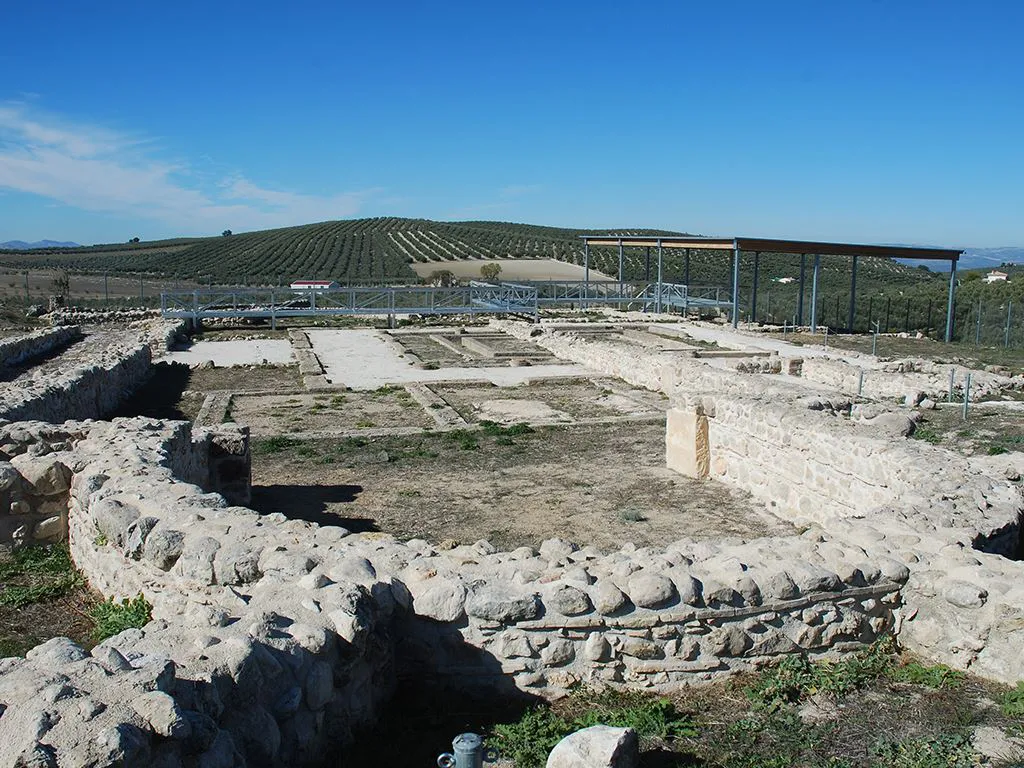
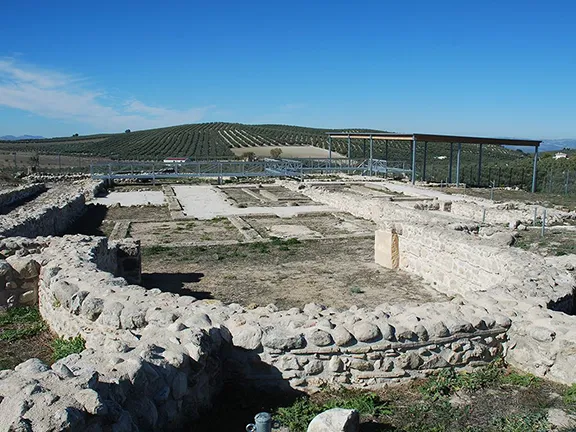
Villa Romana Brunel
Villa Bruñel dates from the Iberian period, the remains of an Iberian settlement can clearly be seen at one end of the site. Notice the ‘wavy’ bricks used in the construction of the walls dating back to this period.
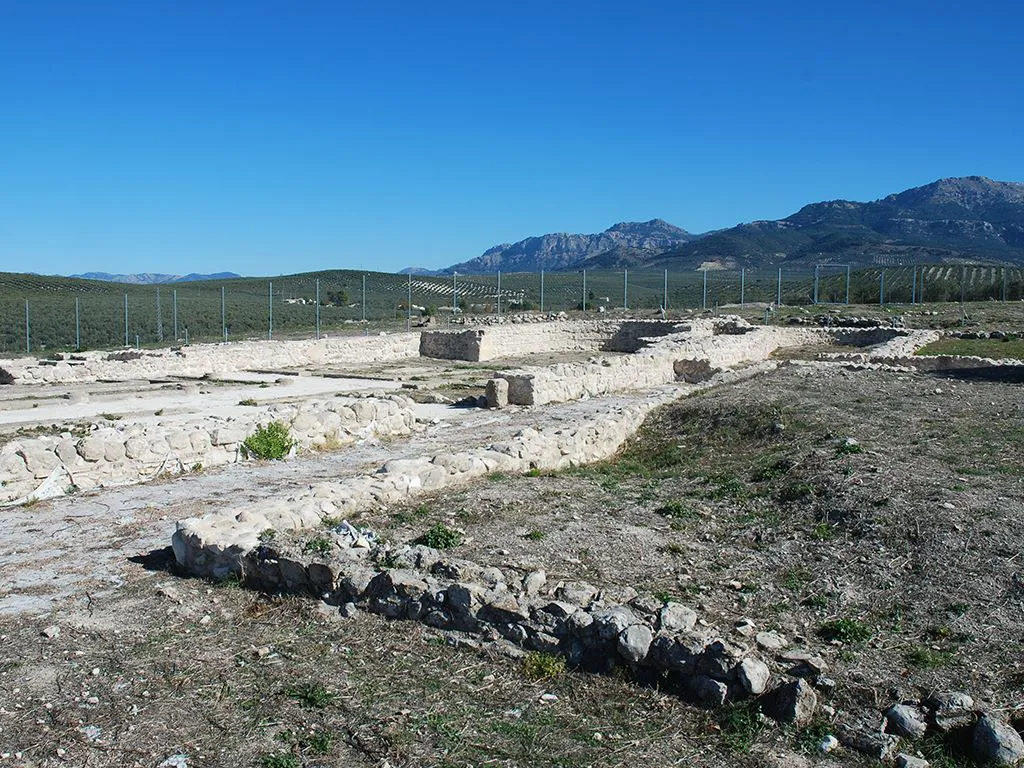
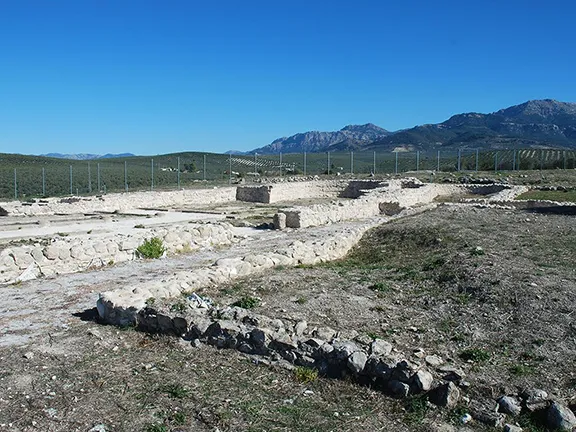
Villa Romana Brunel
The Roman period extends from the 2nd century AD until the 5th century AD when the whole place was devastated by fire. Developed over that period there are two parts to the villa. The first is dedicated to agriculture and livestock with stables, granaries and houses for the workers, probably slaves. The second part is clearly the residence of the owner of the villa with a columned peristyle or courtyard in the centre of the residence surrounded by cubiculum or chambers, some with beautiful mosaics echoing naturalistic or figurative motifs. One I particularly like could be taken for an owl peering over a wall. The owl was a favourite subject and considered sacred in many places from the Neolithic period onwards. This mosaic was found in a room identified as the tablinium.


Villa Romana Brunel - Iberian settlement
Villa Bruñel is currently closed to the public (November 2021), undergoing renovation. Enquiries should be made at the archaeological museum in Quesada.

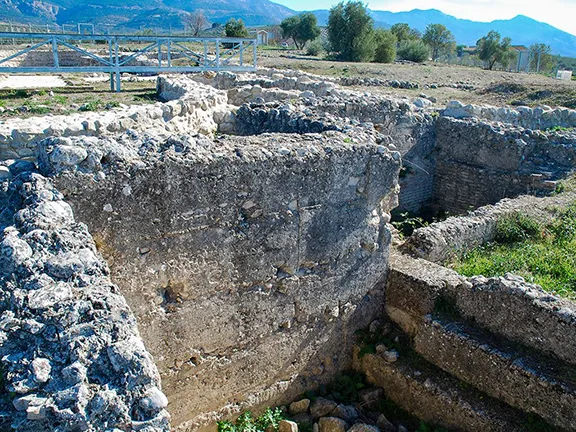
Villa Romana Brunel - Iberian wavy bricks


Villa Romana Brunel - Mosaic
Check to see if Villa Brunel is open